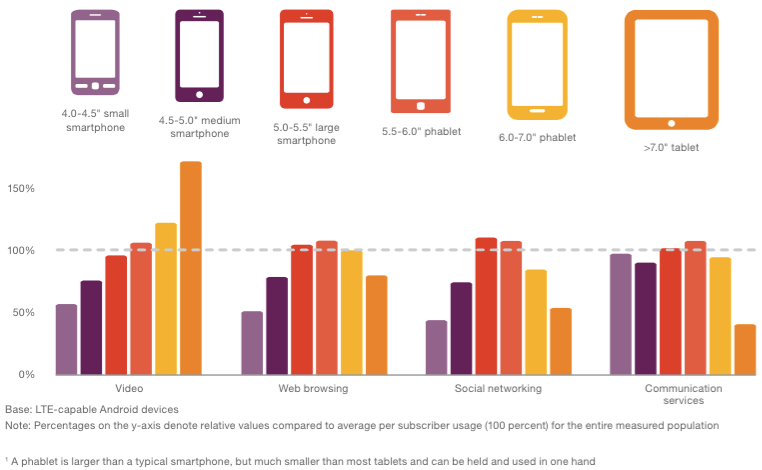I found this article particularly interesting.
MicroVision's PicoP has a significant advantage over other disruptive products, because the Disruptive business model has already been created. MicroVision working with Sony and other licensees are producing the product that will capitalize on the disruption in media consumption.
More and more media is being consumed on mobile devices, through WiFi Internet connections, Mobile networks, and through SONY with a miniature TV tuner.
Mobile access and bandwidth providers are also gearing up to provide content; for example SONY (sonyLiv, Crackle ), Verizon, (Verizon-AOL), and ATT, (ATT-DirecTV, SlingTV ). This new Sky Video Service targeted at Children's Programming
We may well catch the same kind of break when it comes to Augmented Reality products. Of being in precisely the right place at the right time.
[ a few years ago, when things went badly for MicroVision due to a lack of green lasers - we would have been in the same place as the company mentioned below. A great product with no ecosystem. The work on the ecosystem has progressed since that time, and we will now be able to launch into a fully functioning ecosystem that is made for PicoP. ]
I'm sticking with my previous analysis -- that Mobile companies MUST use PicoP
Theatre is best viewed with another person - it's best when it's shared. Mobile devices with PicoP will reform mobile media viewing from a solo activity to a shared activity.
It may also represent significant progress toward curing neck pain as a result of cell phone use. Health24
Over the years, many innovative products have been misinterpreted as “disruptive.” No technology – no matter how innovative – is inherently disruptive. Google Search is a classic example of an innovative product that only truly became disruptive after a smart business model was introduced (AdWords).
Similarly, iPod and iPhone were both well-designed products, but only became disruptive due to the creation of iTunes and the App Store, respectively.
The reality is that Metaio followed the path of many other classic technology companies and focused on products rather than creating a sustainable business model to build long-term consumer behavior.
In taking the buyout, Metaio is somewhat acknowledging that it hasn’t identified a way to deliver on the potential of its range of content.
Strategically, this isn’t a bad move for either company. In fact, it’s a good one. Apple gets proven software and an established customer base to kick start its AR wearables efforts, while Metaio gets a nice exit and joins a team with a stellar reputation for innovation.
So while not a bad business decision, it’s still disappointing to see a low appetite for risk from an emerging industry that has such strong potential for growth and disruption. This space is exploding, with many predicting that AR, IR and VR technologies will drive a transformation not seen since the introduction of mobile.
And yet, despite all of the recent industry activity, it’s still a pretty nascent market as companies develop new strategies that will forever change how we consume and engage with content.
As we stand on the cusp of a new stage in how consumers will interact with the world around them, it’s important to remember the distinction between an innovative product and a disruptive business model.
While behemoths like Apple will continue to play a tremendous role in driving the market forward, there’s plenty of room for a company with a foothold today to become the next Facebook, Uber or Snapchat.
Selling a treasure chest of IP-related to AR now is analogous to being back in the 1990s -- and selling keys to the Internet.










